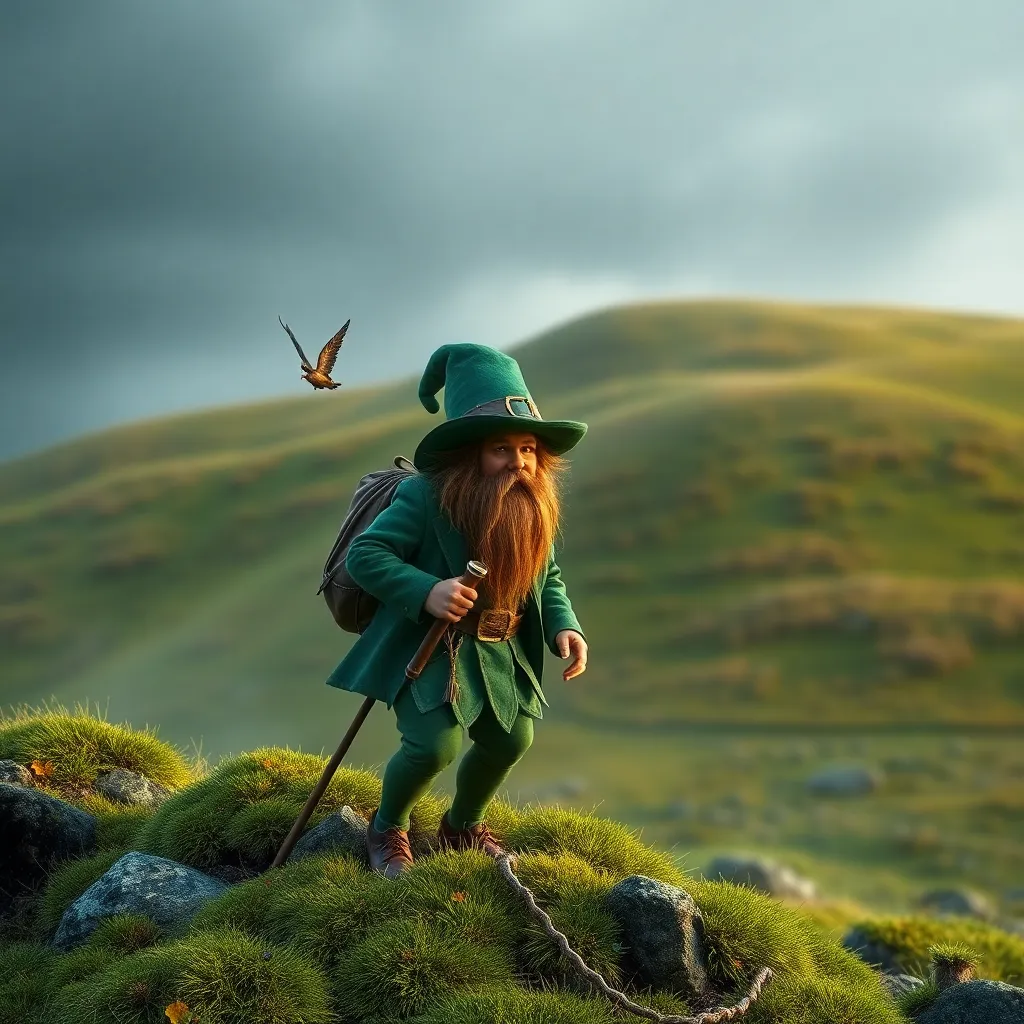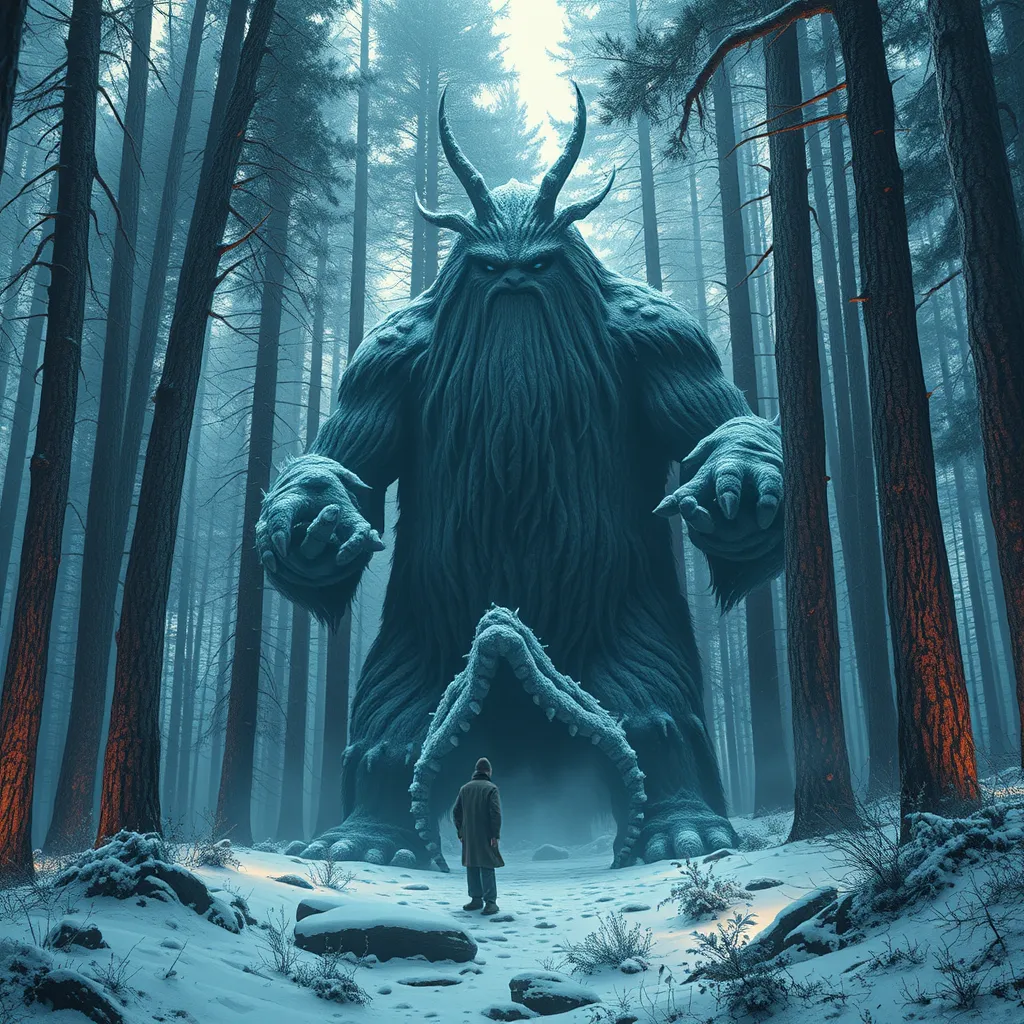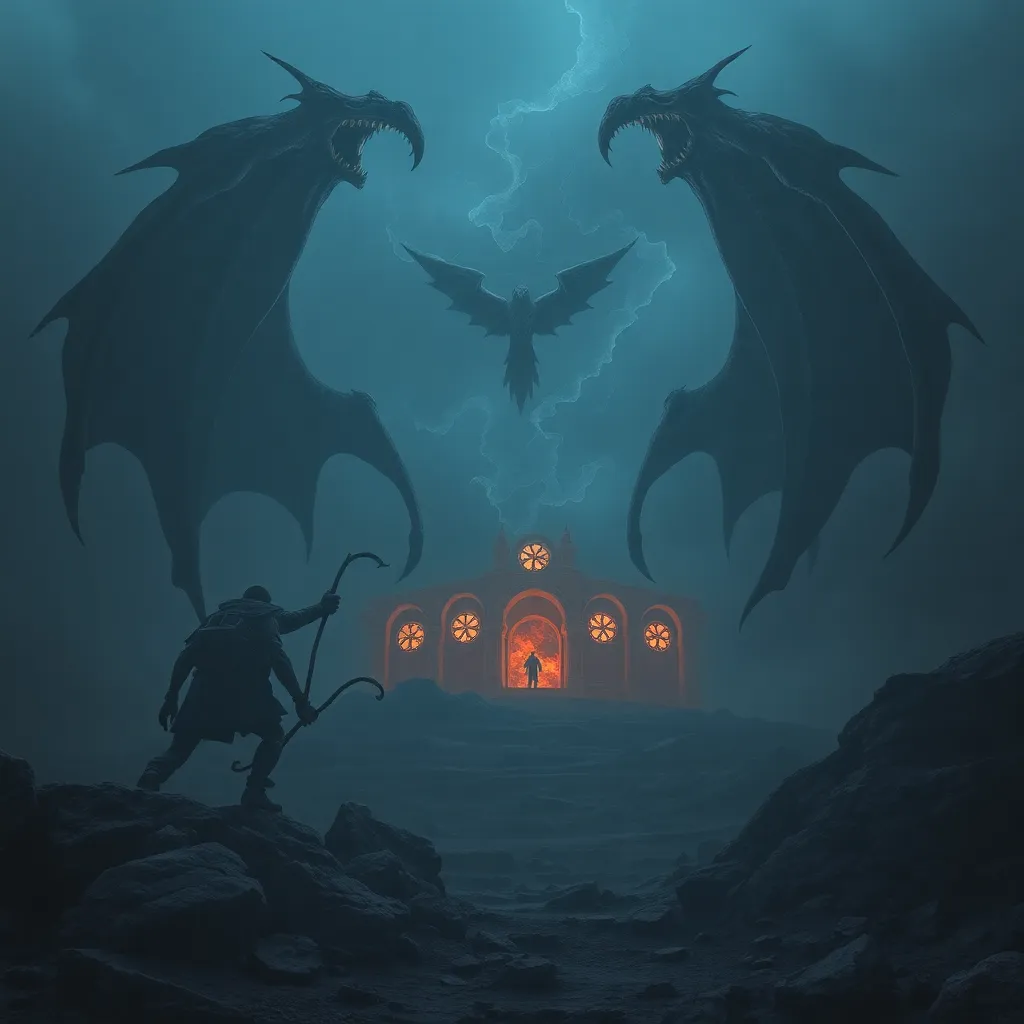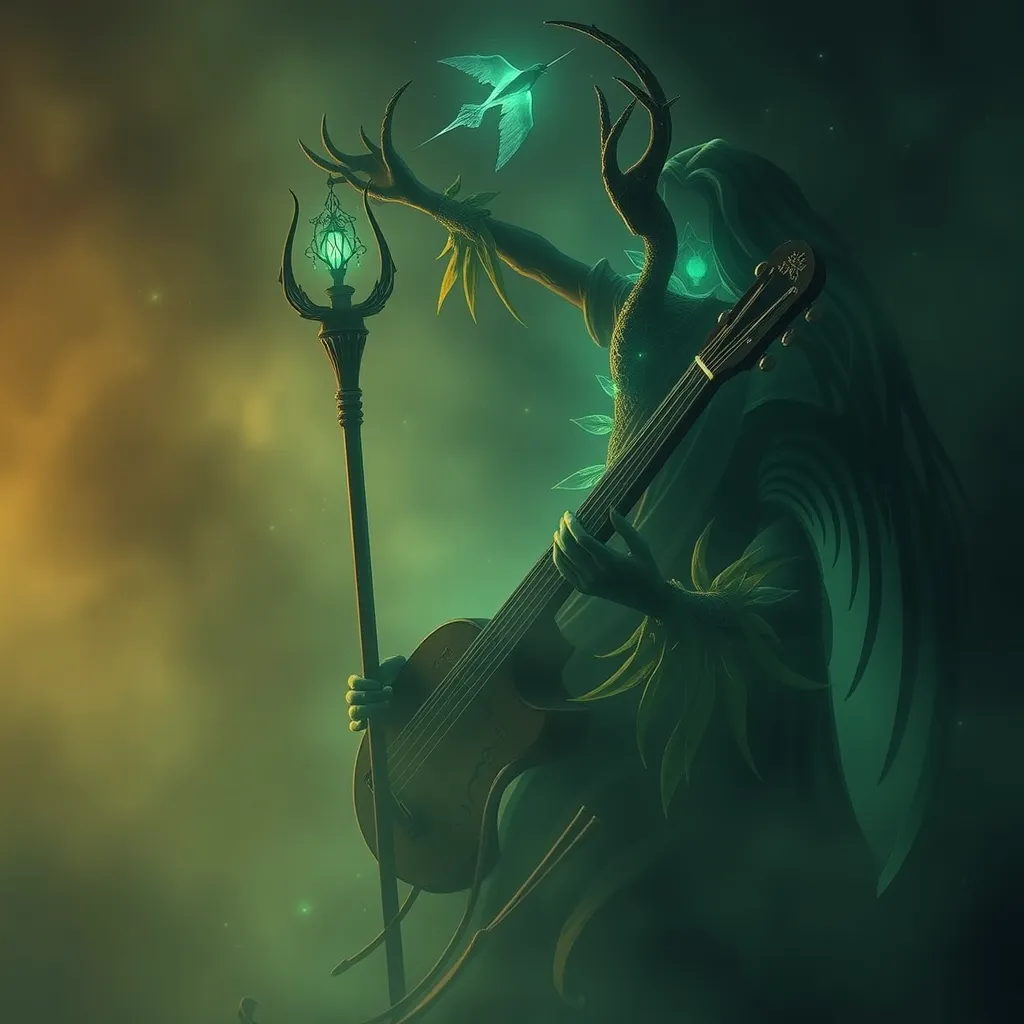Beyond the Highland Hills: Discovering Leprechaun Tales in the Scottish Highlands
I. Introduction
The Scottish Highlands are a region steeped in rich folklore, where ancient tales of magic, mystery, and the supernatural abound. Among the myriad of stories that echo through the glens and glades, the tales of leprechauns stand out as particularly intriguing. While often associated with Irish culture, leprechauns also hold significance in Scottish folklore, embodying themes of mischief, wisdom, and the complexities of human nature. This article aims to explore the enchanting world of leprechaun tales in the Scottish Highlands, delving into their origins, iconic stories, and cultural impact.
II. The Origins of Leprechaun Lore
The roots of leprechaun myths can be traced back to ancient Celtic beliefs, where faerie folk were thought to inhabit the earth along with humans. These small, elusive beings were often depicted as cobblers or shoemakers, reflecting their connection to craftsmanship and the earth. In examining the distinctions between Irish and Scottish folklore, it becomes clear that while leprechauns are predominantly recognized as Irish sprites, their Scottish counterparts have evolved uniquely over time.
- Historical Roots: Leprechauns are believed to have originated from the Irish word “leipreachán,” which means a small body. Their historical depiction often varies, with some stories portraying them as wise guardians of hidden treasures.
- Irish vs. Scottish Folklore: In contrast to Irish tales that highlight their trickster nature, Scottish leprechauns often embody themes of wit and wisdom, offering moral lessons through their interactions with humans.
- Evolution Over Time: Over the centuries, leprechauns have transformed from mere mythological figures to symbols of cultural identity, reflecting societal changes and values.
III. Iconic Leprechaun Tales from the Scottish Highlands
Numerous iconic leprechaun tales have emerged from the Scottish Highlands, each set against the backdrop of its stunning landscapes. These stories often feature key characters that embody archetypal roles within the narrative.
- Notable Stories: One famous tale recounts the story of a clever leprechaun who outsmarts a greedy farmer, teaching him a valuable lesson about contentment and humility.
- Key Characters: Common characters include the leprechaun, often depicted with a pot of gold, and the unsuspecting human who becomes entangled in their world.
- Thematic Elements: Themes of greed, wisdom, and the unpredictability of fate are prevalent in these tales, often culminating in a moral that resonates with the audience.
IV. The Role of Nature in Leprechaun Stories
Nature plays a significant role in leprechaun stories, with the Scottish landscape serving as both a setting and a character in its own right. The connection between leprechauns and the natural world is profound, often symbolizing the harmony between humanity and the environment.
- Connection to Landscape: The Highlands, with their rolling hills, mystical lochs, and ancient forests, provide an ideal setting for leprechaun tales, where magic feels tangible.
- Symbolism of Natural Elements: Rivers, stones, and trees often symbolize the hidden knowledge and treasures that leprechauns guard, serving as portals to the supernatural.
- Influence of Geography: The rugged beauty of the Highlands influences storytelling, allowing the natural landscape to become a character that shapes the narrative.
V. Cultural Significance of Leprechaun Tales
Leprechaun tales are not merely entertaining stories; they reflect the cultural identity and values of the Scottish people. These narratives serve as conduits for community bonding and the transmission of moral lessons.
- Reflection of Identity: Leprechaun stories often mirror the characteristics valued in Scottish culture, such as cleverness, resilience, and a deep respect for nature.
- Impact on Local Traditions: Folklore surrounding leprechauns has influenced various local customs, from festivals to storytelling nights, celebrating heritage and community.
- Comparison with Other Narratives: Similar to other cultural narratives worldwide, leprechaun tales explore universal themes of good versus evil, the human condition, and the complexities of life.
VI. Modern Interpretations and Adaptations
In contemporary society, leprechaun tales continue to inspire various forms of media and literature, adapting to new cultural contexts while retaining their enchanting essence.
- Contemporary Retellings: Modern authors and filmmakers have reimagined leprechaun lore, introducing new narratives that resonate with today’s audiences while paying homage to traditional tales.
- Influence of Media: Television shows, movies, and books often depict leprechauns in whimsical or humorous ways, shaping popular perceptions and attracting interest in Scottish folklore.
- Role of Tourism: The growing interest in folklore has led to the development of tourism centered around leprechaun legends, promoting local culture and heritage.
VII. Engaging with Leprechaun Lore Today
For those intrigued by the magical world of leprechauns, the Scottish Highlands offer numerous opportunities to experience these tales firsthand. Engaging with local folklore enriches the understanding and appreciation of Scotland’s cultural heritage.
- Experiencing the Magic: Visitors can explore the Highlands, visiting sites that inspired leprechaun tales, such as ancient stone circles and enchanted forests.
- Folklore Tours: Many local organizations offer guided folklore tours, where storytellers share the rich history and magical tales of the Highlands.
- Resources for Exploration: Books, websites, and local libraries provide extensive resources for those wishing to delve deeper into Scottish folklore.
VIII. Conclusion
In conclusion, the significance of leprechaun tales in the Scottish Highlands transcends mere storytelling. These narratives are woven into the cultural fabric of Scotland, reflecting the values, identity, and beliefs of its people. As we explore and celebrate local folklore, we discover the enduring charm of mythical tales that continue to inspire and enchant us in modern culture. Whether you are a visitor or a resident, the magic of leprechaun lore beckons to be experienced and cherished.



